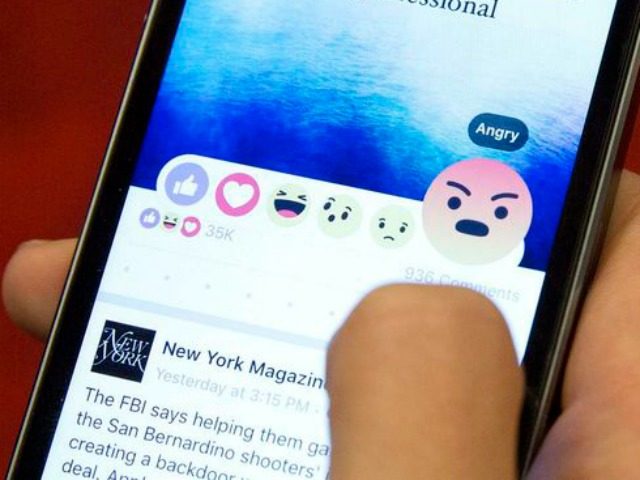A Yale University study on the effectiveness of combatting “fake news” underlines what the rest of the country already knew: Americans no longer trust the media to tell the truth.
The study, entitled “Assessing the Effect of ‘Disputed’ Warnings and Source Salience on Perceptions of Fake News Accuracy,” put 24 news stories from 2016-2017 in front of 7,500 participants. Half of the stories presented were true, and half were fabricated. Those involved in the study were asked to rate the accuracy of a random selection of 12 of the headlines. The study was further divided into groups. In the first, the stories were presented as-is. In the second, fake news was tagged as “disputed.”
The results were marginal, at best. With false stories flagged, users who support President Trump were only 1.2% more likely to correctly gauge whether or not a story presented was factual. Supporters of Hillary Clinton were slightly more trusting, with an increase of 4.3% over the unflagged group.
It appears Trump supporters were generally less inclined to trust a headline in general — whether or not it has been checked by a third party. This skepticism is unsurprising in a climate that has shown consistent aggression toward those who have supported the POTUS, both before and after the election. In point of fact, only about 15% of Trump voters have any trust in the media at all, according to a recent Edelman poll.
But the most interesting data set was buried deep and only unearthed with the help of artificial intelligence. When processed by a machine learning algorithm, an intriguing pattern emerged that surprised the researchers themselves.
The problem seems to be exaggerated among younger people. 18-25-year old participants in the control group believed fewer of the true stories than their elders to be real at 57.1%, and more of the false ones, at 21.1%. In the group that analyzed flagged stories, the problem actually worsened. While flagging stories made young people 3.1% more likely to correctly identify such stories as false, they were also 4.4% more likely to believe fake news stories that hadn’t been flagged.
Psychologist David Rand is “not sure what explains this,” but acknowledges that “it means that this is a really big problem.” He suspects it has something to do with an overall decline in media trust. Furthermore, the measures seem least effective with the people for whom they have been engineered. According to Rand, “for the people who are most reliant on social media for their news, they are the ones who the warning doesn’t do anything and there’s a huge backfire.” That is even more worrying when you consider that 67% of Americans rely on social media as a news source.
In an attempt to narrow the cause and effect of the data, Rand and his associates tried clearly branding the news stories with their sources. Unsurprisingly, that helped very little. “Slapping down a big logo also doesn’t do anything,” admitted Rand. The bottom line? “People don’t find mainstream media outlets particularly credible.”
Facebook was strident in response to the results, excusing its potentially damning conclusions by suggesting they were irrelevant since participating users were using a survey site, rather than Facebook itself. And while Rand acknowledged the limitation, he has maintained that “there are numerous studies showing that respondents from the website we used — Amazon Mechanical Turk — are pretty representative for doing studies on political opinions.”
And while Facebook has determined not to help identify the problem with their own information, they are quick to disparage the people who are attempting to seek it out. Poynter Institute International Fact-Checking Network Director Alexios Mantzarlis said that he is “hoping Facebook will see this study and determine that it is even more appropriate for them to share data as to how this is actually going.”
So, indicators suggest that Facebook’s measures against the proliferation of fake news on its platform have been largely ineffectual, despite their own protests. The lack of willingness to provide any useful information from the hoard of data mined from users on a daily basis makes it difficult to draw any further conclusions — whether or not that is their intent.
It’s important to note that the study has yet to face its own fact-checking — the proverbial trial by fire that is peer review — and that there are plenty of questions left about both its methodology and results. But the bottom line is relatively easy to read: People do not trust the mainstream media, conservatives most of all — and especially those who have been raised in the age of “fake news.”
Editor’s note: This story has been updated to clarify that young people in the survey were more likely to believe fake news stories that had not been flagged. “Flagging some stories increases the perceived accuracy of stories which are not tagged – that is, some people seem to assume that all non-tagged stories have been explicitly verified,” a member of the research team told Breitbart Tech.
Follow Nate Church @Get2Church on Twitter for the latest news in gaming and technology.

COMMENTS
Please let us know if you're having issues with commenting.